I Went Abroad To Discover The Ghosts Of Argentina And This Is What I Found
These disappeared people are the ghosts of Argentina, unable to find peace because their whereabouts are still unknown.
By ![]() Mary Hood
Mary Hood

‘Terrorism’ is a complicated, politically charged word with a definition that varies from person to person; one that is used to perpetuate the dangerous and short-sighted mentality of “us” versus “them”. After all, one person’s terrorist is another person’s freedom fighter. This is a photographic essay that documents what I learned on a trip abroad to Argentina about the tumultuous years 1976-1983 where the State became the worst terrorist of all.
On March 24th, 1976 Argentina’s government was overthrown by a military coup in an attempt to rid the country of “dangerous”, subversive ideology. Though there were acts of violence from both the leftist groups and the government, the violence and terror were far from equal. Deaths inflicted by leftist groups such as the Montoneros are estimated at 6,000 while kidnapping and deaths by the government top the scales at 13,000 (with less conservative sources estimating up to 30,000).
These “terrorists” that the government fought so diligently to eradicate mostly consisted of young university students and workers, guilty only of thinking outside the box and having “communist” ideas. A full blown witch hunt ensued; innocent people pointing their fingers at neighbors, friends, and classmates in hopes of dodging suspicion and protecting themselves.
These people thought to be subversive were snatched from their homes in the middle of the night and off of the street in broad daylight.
Pregnant women were tortured and kept alive only until they could give birth, their babies given away to military families while the mothers were killed and “disappeared”, never to be heard from again.
These disappeared people are the ghosts of Argentina, unable to find peace because their whereabouts are still unknown. Regardless of other shortcomings and failures, the Presidents of recent years have done a good job at keeping historical memory alive in Argentina, understanding that collective memory is an important part of the healing process. In order to prevent such horrific events from ever transpiring again, we have to remember. Never forget.
My study abroad group began our investigation in Cordoba, and this is what we saw:

The front of the D2, a police station turned clandestine detention center.
My own professor spent time here when he was captured as a teenager in Cordoba.A close-up of the finger prints that decorate the outside of the D2, now a Memory Site to commemorate the disappeared and survivors alike. Names of the disappeared make up the fingerprints, which symbolize their place in Argentina’s collective identity.
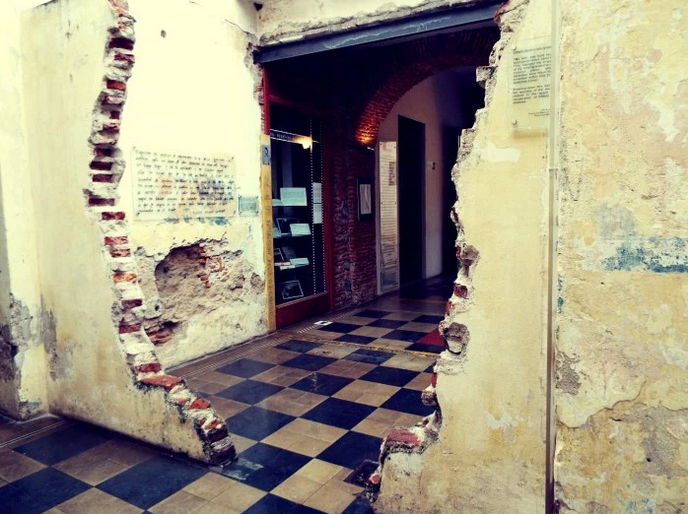
The inside of the center has been left the way it was found, with walls knocked down and peeling paint.
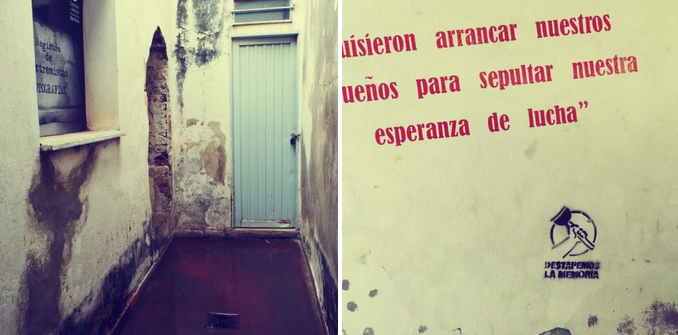
A hallway inside the D2 that hundreds of people were herded in and out of during the years between 1976-1983.
“They tried to rip out our dreams to bury our hope of fighting”. “Uncover the Memory”
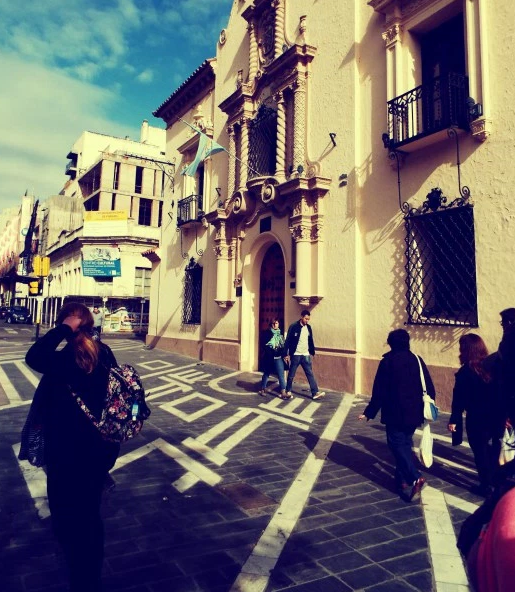
Meters away from the underground detention center, D2, is a bustling, beautiful plaza in Cordoba.

The church that was right beside the D2. Many prisoners talk about hearing church bells and people singing.
To think that people were getting tortured right beside a church while others worshiped and went about their daily lives is a chilling reminder of the evil that lurks just beyond the surface. Did these members of the church and other passerby really not know what was going on right beside them, or did they merely wish to ignore it?

The three leaders of the three branches of the military looking on at the bloodied Argentina.
The childhood home of Che Guevara in Alta Gracia, Cordoba:
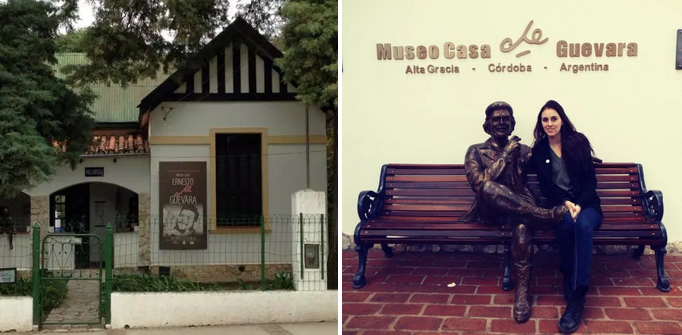

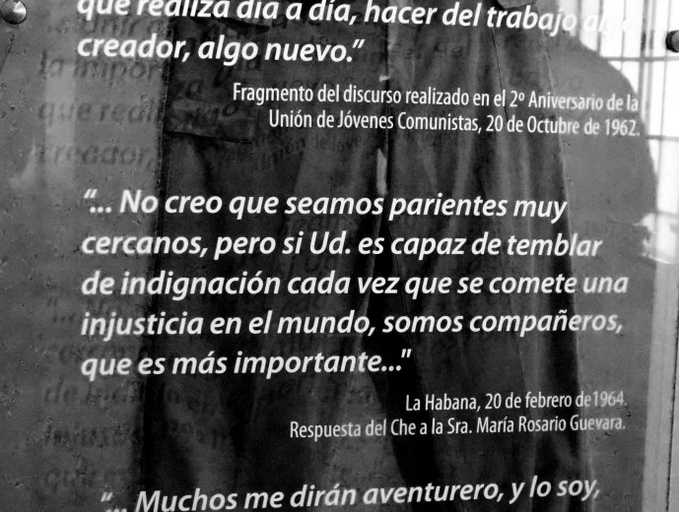
“I don’t believe we are close relatives, but if you are capable of shaking with indignation each time that an injustice is committed in the world, we are comrades, which is more important…”
Our next stop was Buenos Aires. La Plaza de Mayo:
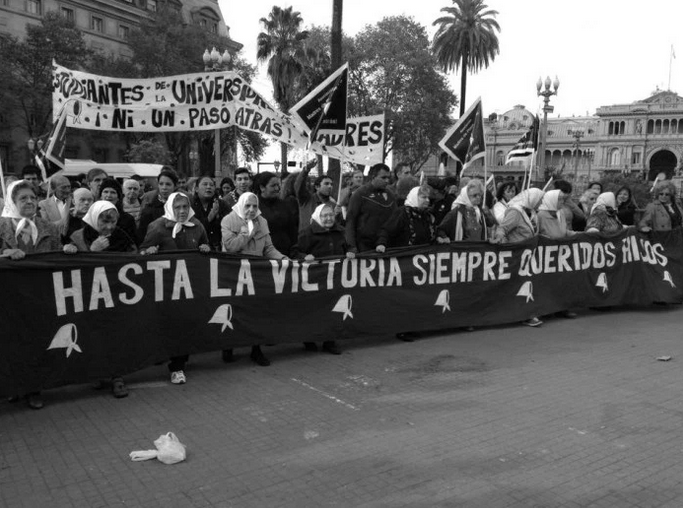
Every Thursday these grandmothers and other supporters gather in front of the Pink House, the Presidential house in Buenos Aires, to march around.
This act started back in the 70’s when women went looking for answers about where their pregnant daughters were taken. Some grandmothers have had the amazing luck to be reunited with their grandchildren, the babies that were adopted by other families after their mothers were killed. Others have not been so lucky, and have died before finding the answers they so desperately sought after.
Parque de la memoria:
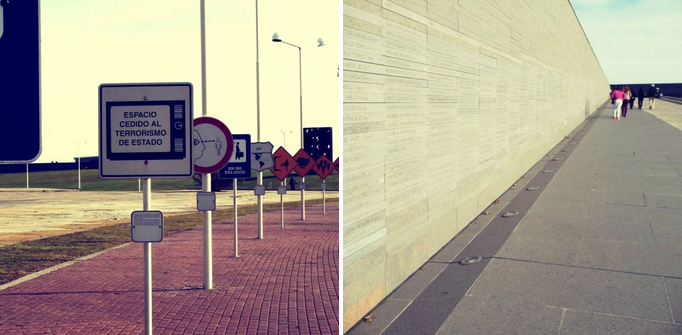
Sign after sign make statements about the State Terrorism and the many disappeared.A huge wall with names of all of the disappeared, by year of disappearance.
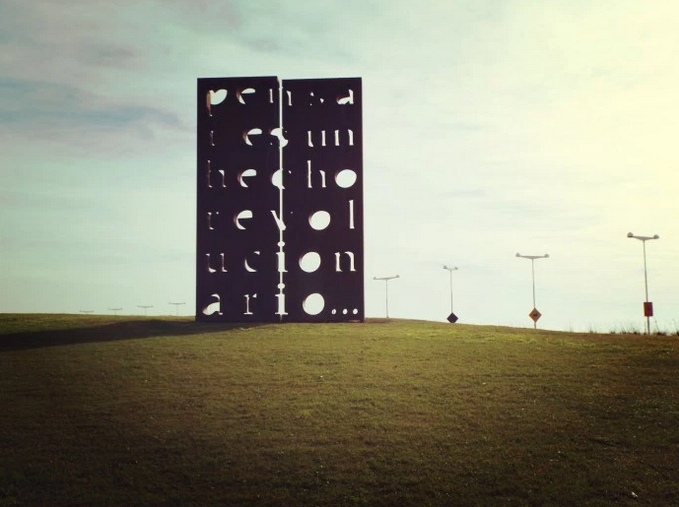
“Pensar es un hecho revolucionario”– To think is a revolutionary act.
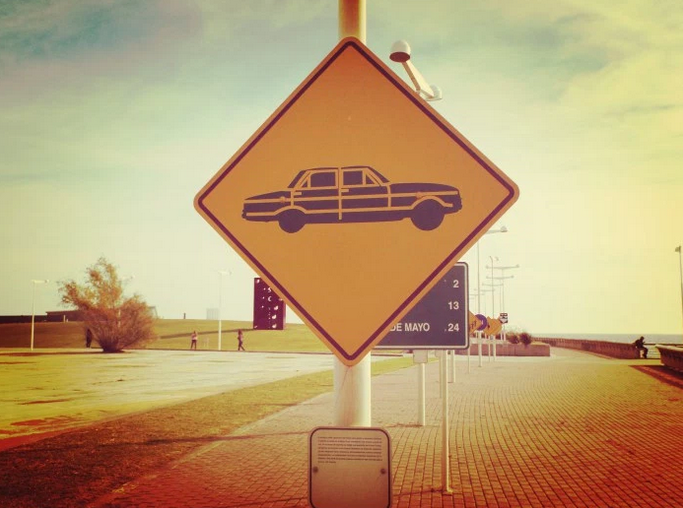
The Ford Falcon is the infamous car used to kidnap people during the dictatorship.

“Space given over to terrorism of the State”. An extreme censorship ruled Argentina during the dictatorship.
Certain books, movies, and music were blacklisted and banned because of their “subversive” material (The Little Prince, El principito was banned!!)
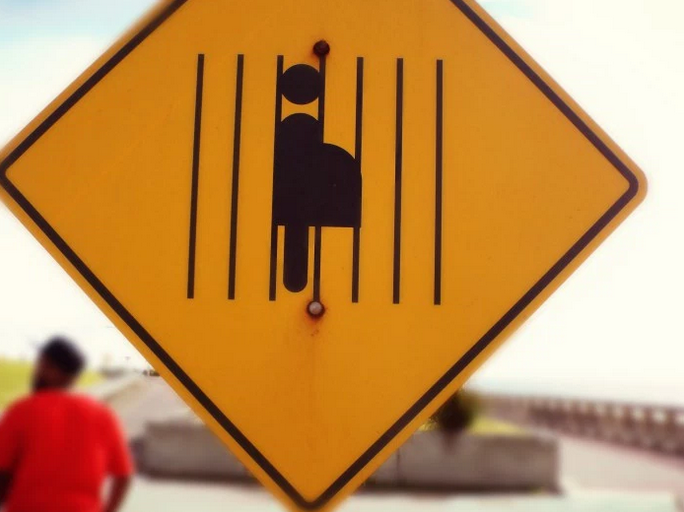
A sign that depicts a pregnant woman behind bars, symbolic of all of the pregnant women that were kidnapped, tortured, and killed by the government.
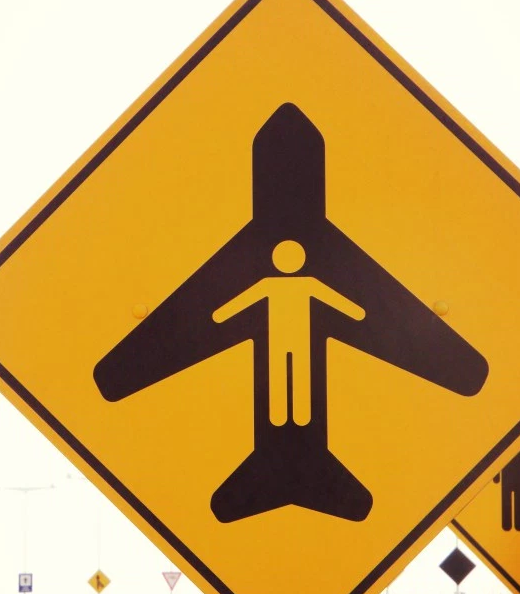
Perhaps the most chilling and disturbing sign in the entire site, one that reminds us of how the majority of the “terrorists” were dealt with: drugged, loaded on to a plane and pushed out into the middle of the huge River Plate.
So regardless of your political position, I think we can all agree that any time a government tortures and kills its people instead of protecting them and their rights, there is a huge problem. Sometimes these people were captured, tortured, and killed because of their actions against the government, but more often than not, they were considered “terrorists” simply because of their ideas and beliefs.
The saddest part of all, I fear, is that the United States supported this plan (just read about what Henry Kissinger said and did), and was willing to do whatever it took to prevent South America from turning to full-fledged communism like their Cuban neighbors. Argentina is a beautiful country, but one with a gaping hole in the middle of its heart–the space that should have been occupied by all of the disappeared; a space that is now filled with only ghosts and the memories that their loved ones hold onto. ![]()

